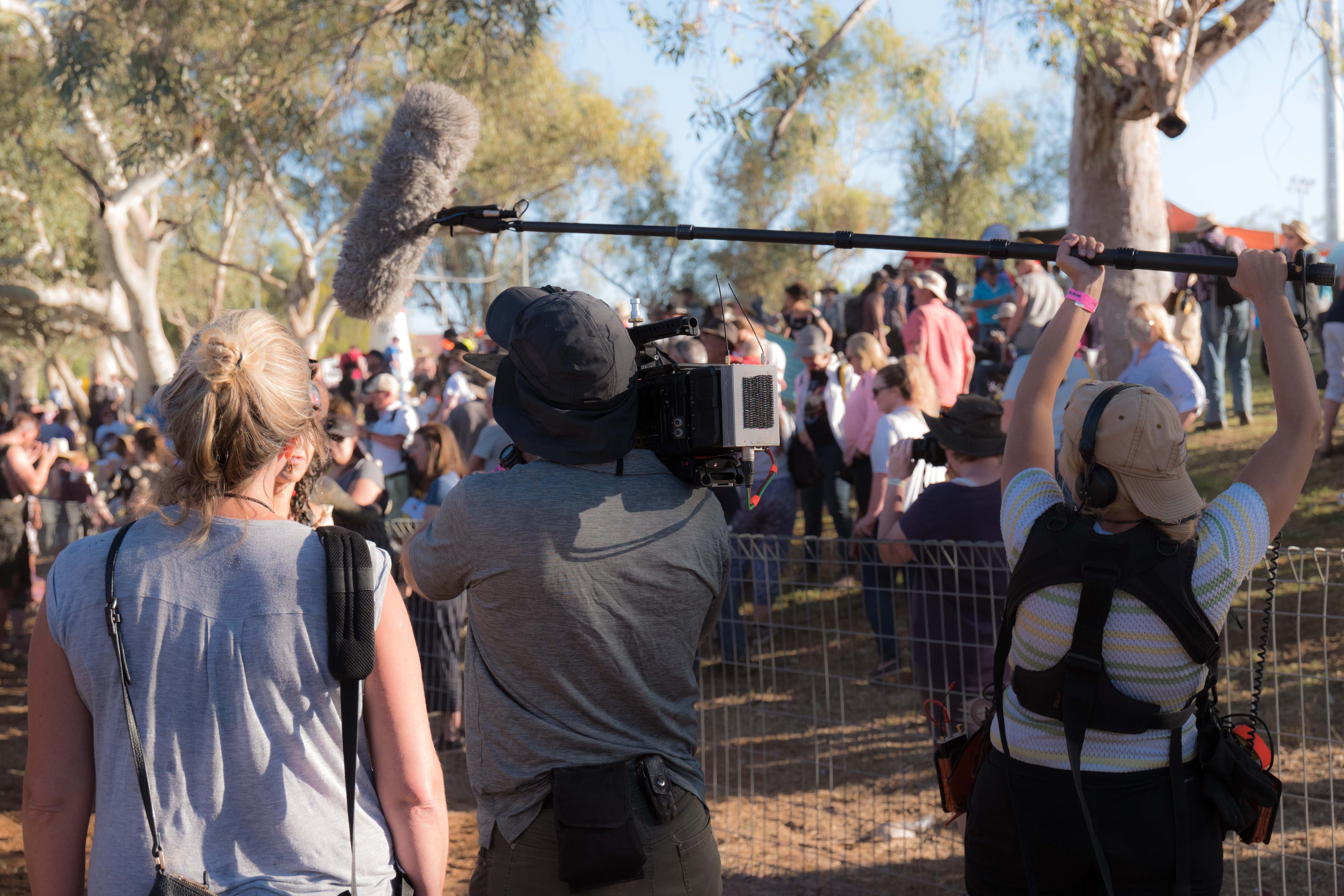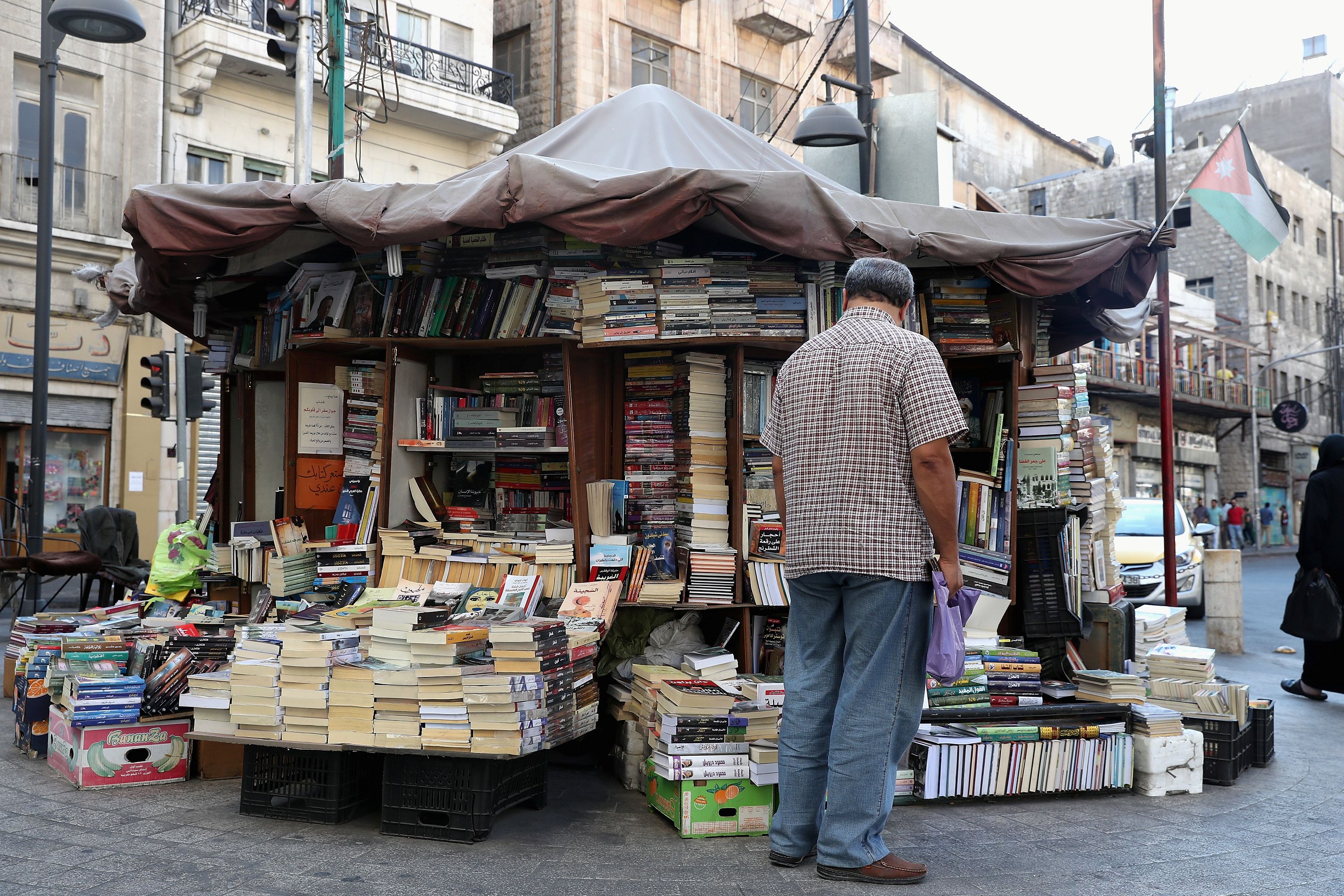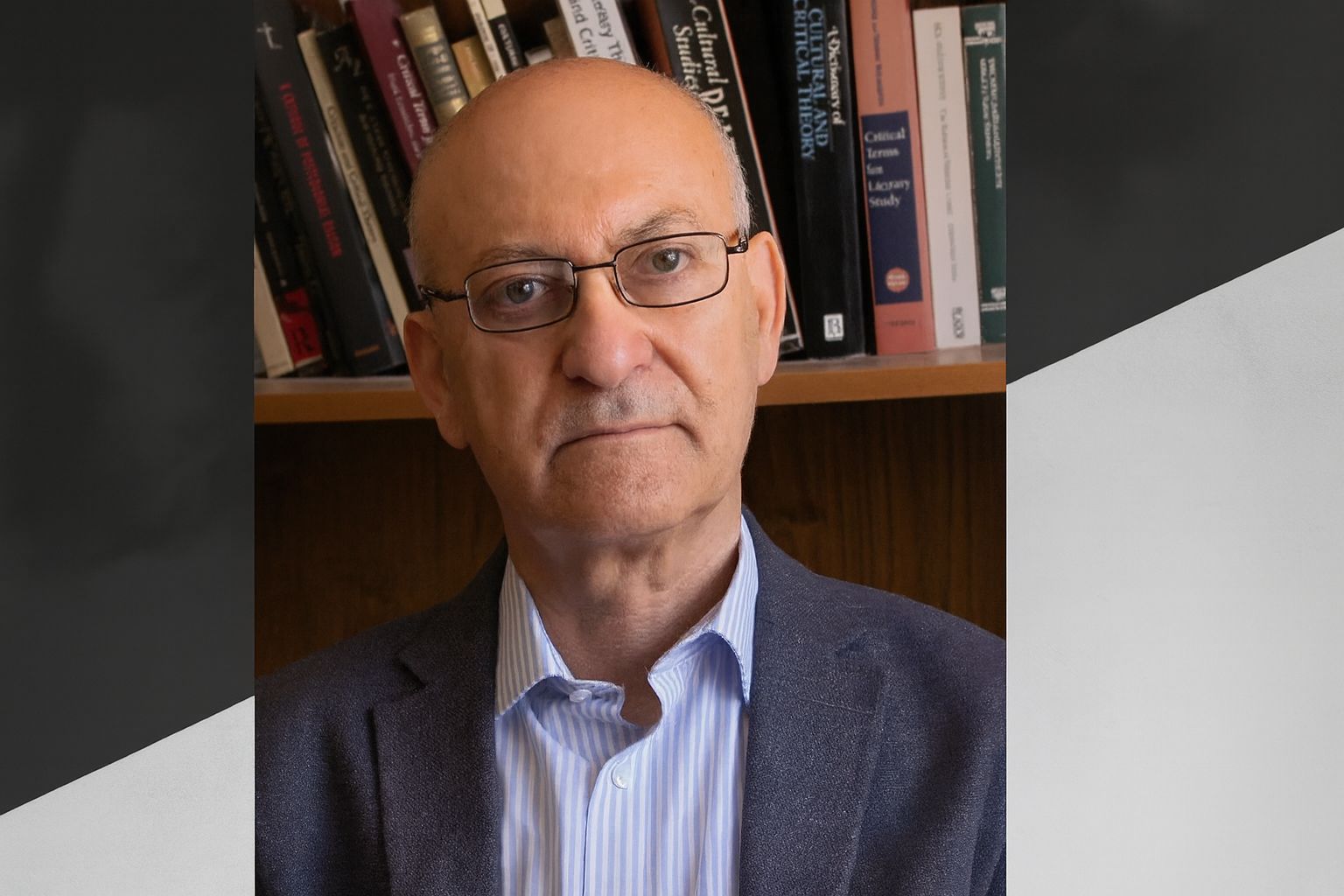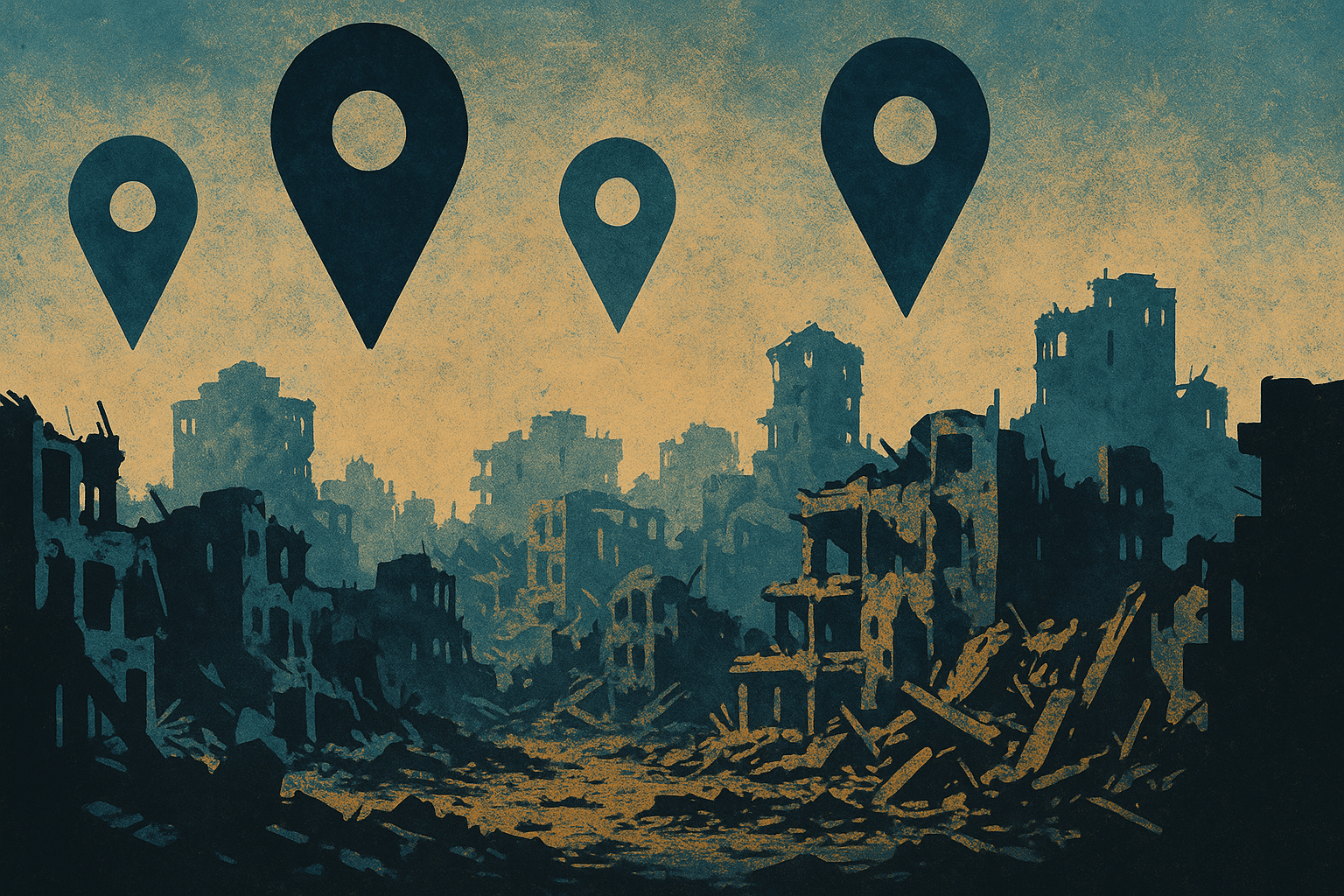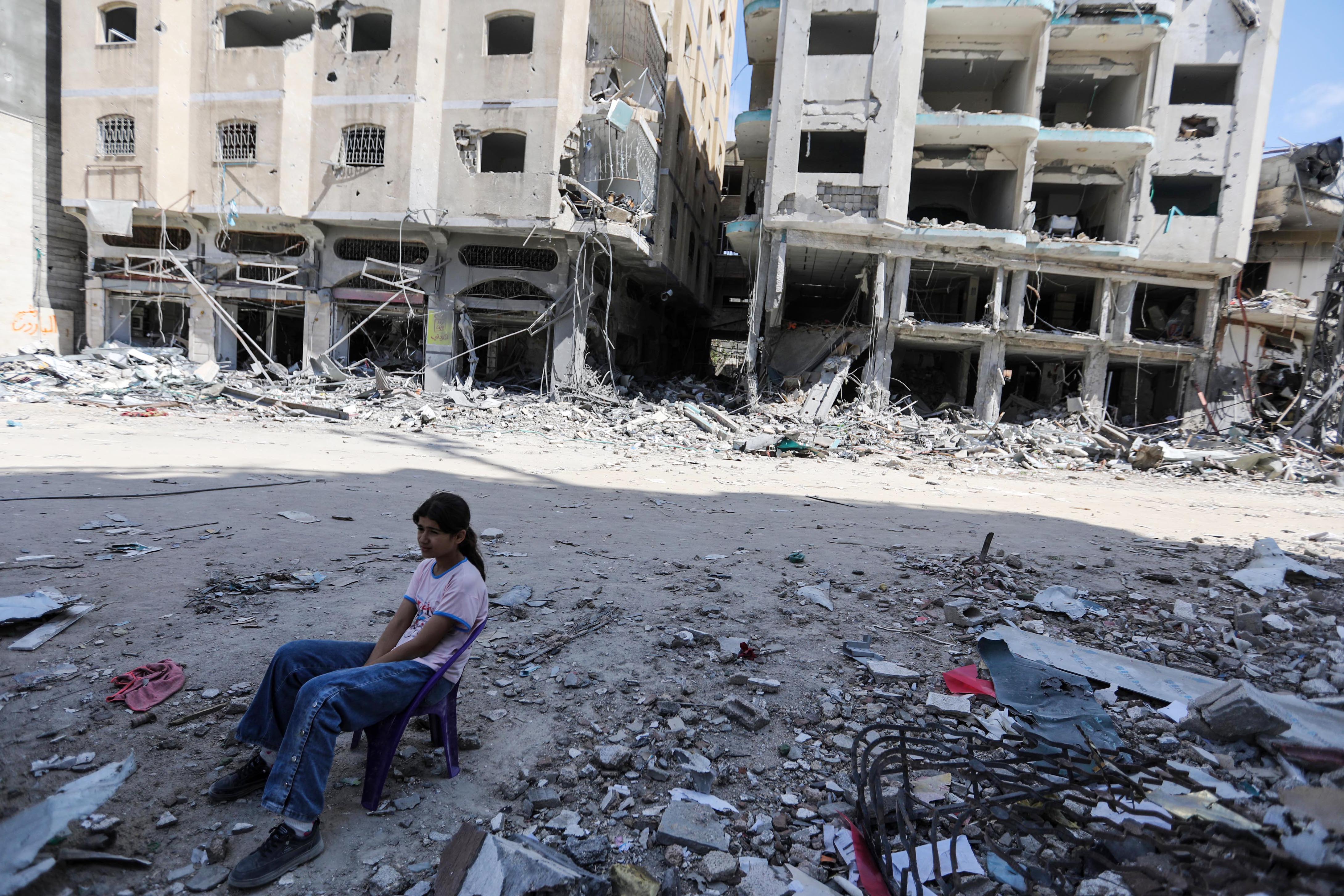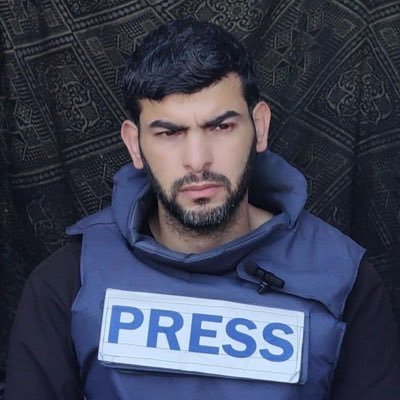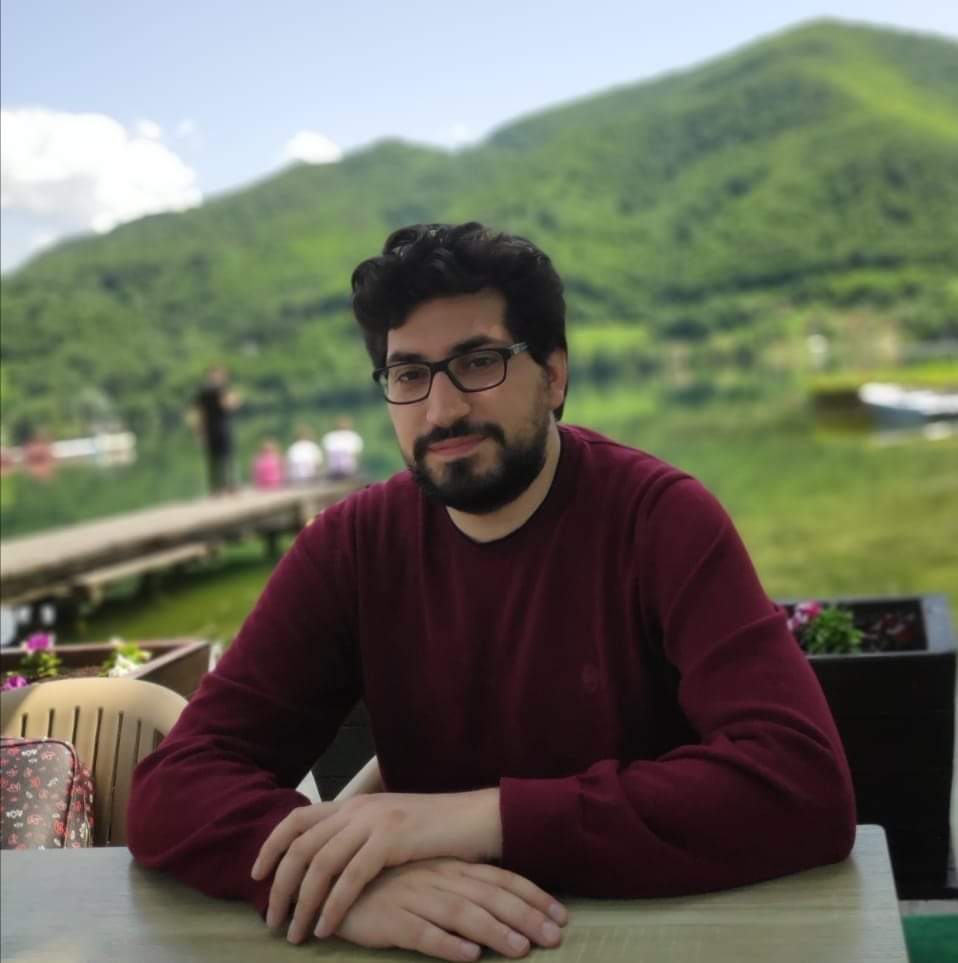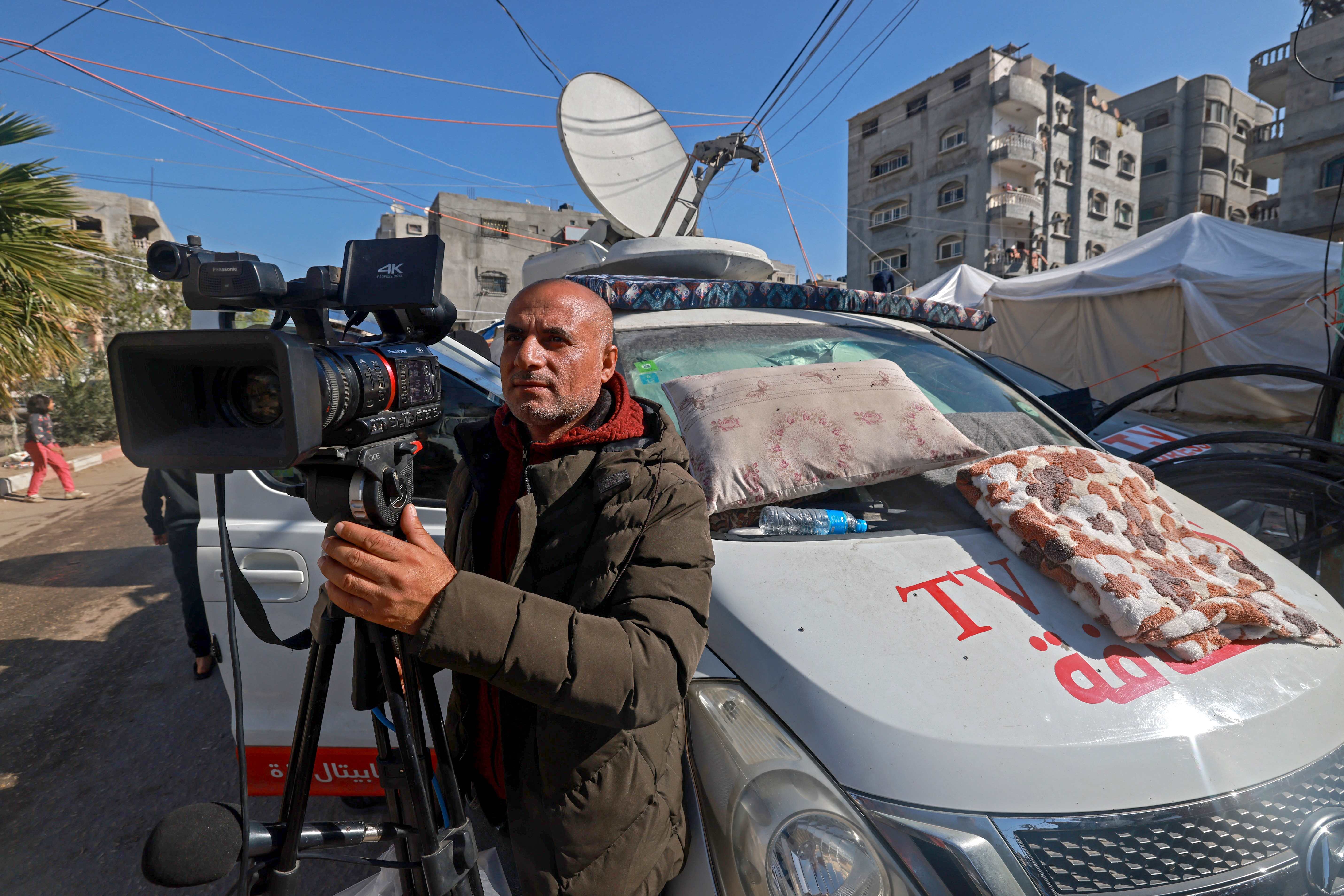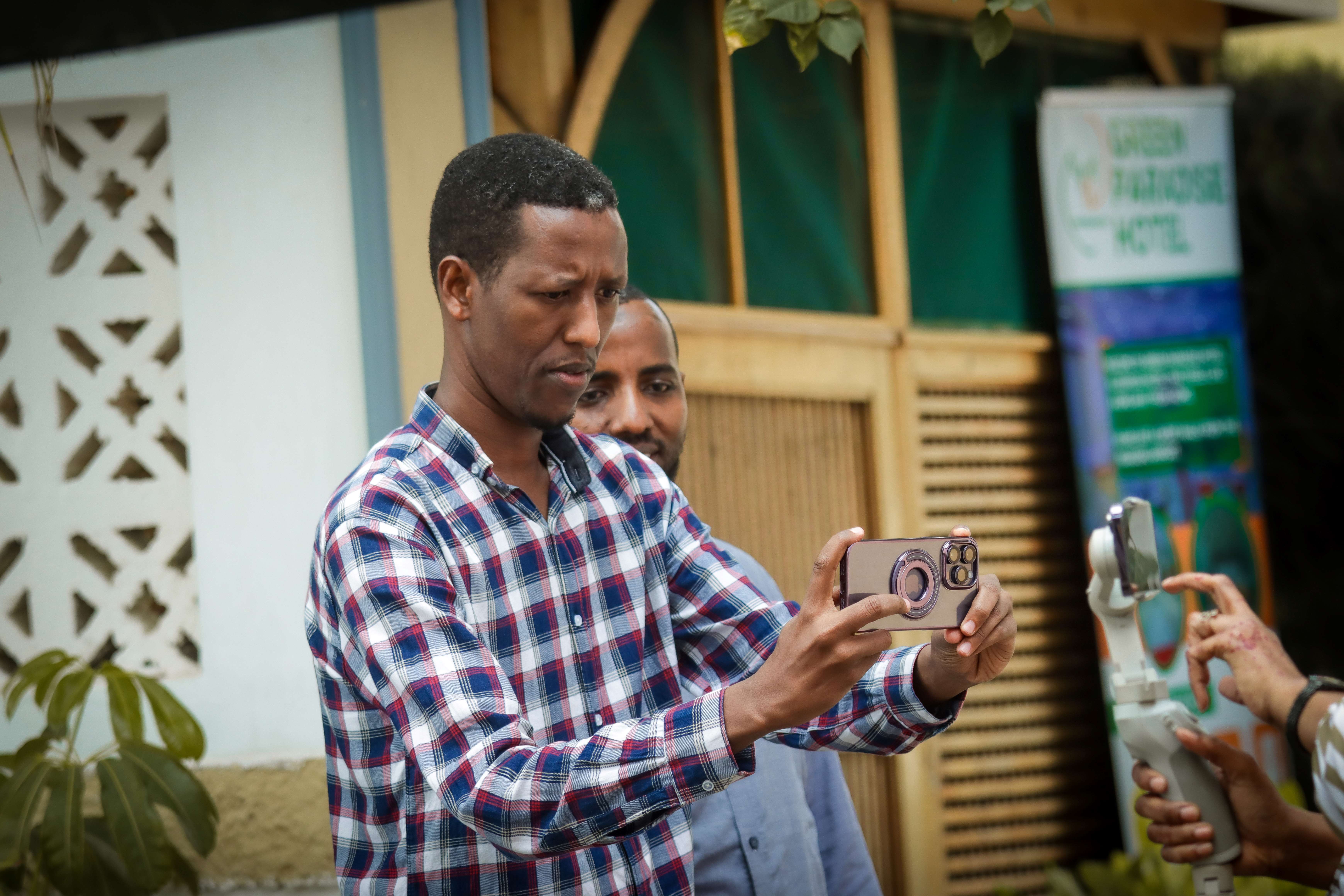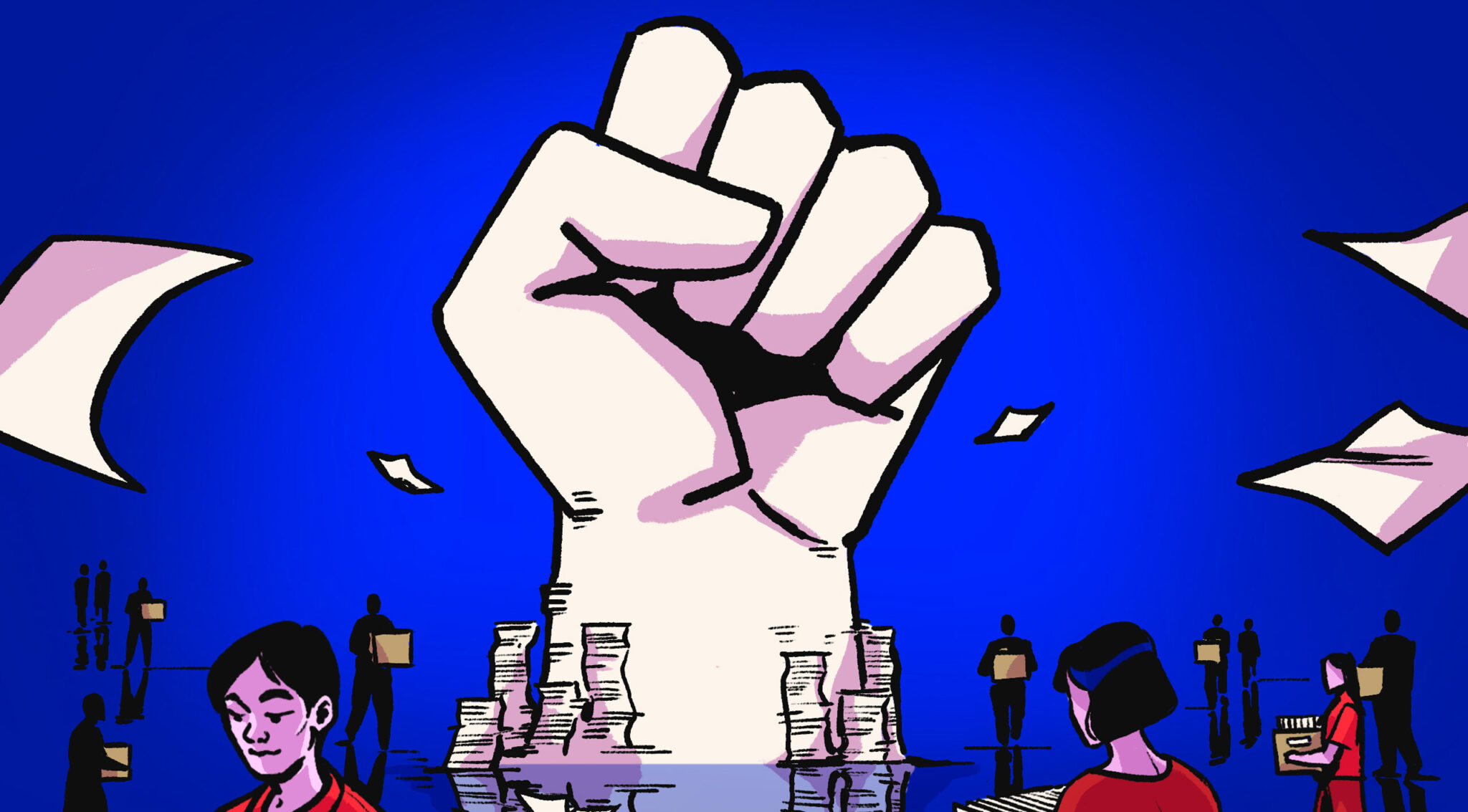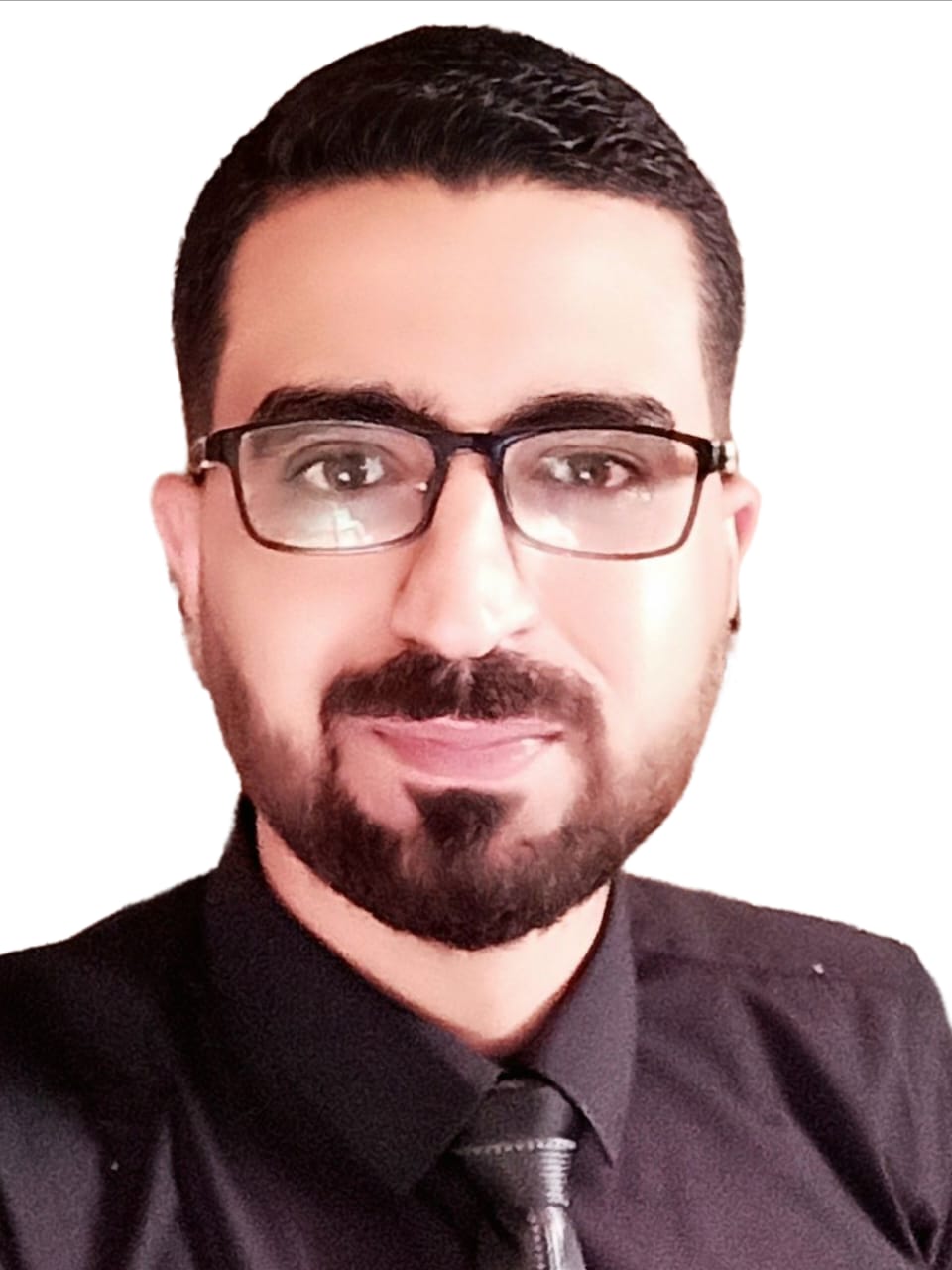قبل عقود تنبأ المفكر الكندي مارشال ماكلوهان بأن تطور وسائل الإعلام سيحول العالم الشاسع إلى "قرية صغيرة"، ومن مشاكل هذه القرية أن أهلها منشغلون ببعضهم البعض، وفاقة أحدهم تنخر في وجدان الآخر. فعندما وقع زلزال في تركيا تحولت أنظار العالم إلى المأساة الإنسانية، وعندما اجتاح إعصار ميلتون ولاية فلوريدا الأمريكية ظهرت دعوات في أنحاء الأرض للصلاة والدعاء من أجل سكان الولاية، وقد تابع العالم لحظة بلحظة اندلاع الحرب الأوكرانية الروسية ومحنة المدنيين واللاجئين، وفطرت مأساة غزة قلوب الملايين حول العالم وأحدثت سلسلة من الزلازل السياسية.
يسهل هذا التقارب العالمي التواصل ويعزز أهمية متابعة الأخبار الدولية إلى قدر يتجاوز المحلية أحيانا، خاصة أن بعض الأحداث أصبحت مترابطة ولها تأثيرات على أي مواطن في كل العالم.
هكذا زادت الحمولة النفسية على المتابع بسبب متابعة الكثير من الأخبار التي قد لا تتصل به بشكل مباشر. فهل بتنا نعرف أكثر مما ينبغي؟
39% هي نسبة الأشخاص الذين يتجنبون الأخبار في عام 2024 على مستوى العالم، مقارنة بنسبة 29 بالمئة في عام 2017، وفقا لتقرير معهد رويترز لدراسات الصحافة.
خلال العقد الماضي انتشرت ظاهرة إرهاق الأخبار "News Fatigue"، وهي حالة إجهاد نفسي تحدث نتيجة تلقي كميات ضخمة من الأخبار والمعلومات، والتدفق المتواصل للمحتوى الإخباري عبر وسائل الإعلام ومنصات وسائل التواصل الاجتماعي. برزت هذه الظاهرة بشدة خلال أزمة كورونا مع تزايد حالات الوفيات والإحساس الطاغي بتوقف الحياة واقتراب نهاية العالم، ثم تبعتها الحرب الروسية الأوكرانية، والحرب الإسرائيلية على غزة، وما تلاها من مآس وإبادة للمدنيين.
يختلف الناس في كيفية تلقي الأخبار؛ فبعضهم لا يتأثر بشدة من متابعة الأحداث ولا تربكه وجدانيا، وآخرون تصيبهم هشاشة نفسية من متابعتها، وقد تثور لدى البعض رغبة في رفع الظلم أو الأذى عن صاحب القصة، أو لحادثة فساد أو حتى "ترند" مستفز، بل إن الناس حتى الصحفيين – ولا أستثني نفسي – تساورهم رغبة من فترة لأخرى في التوقف عن ملاحقة الأخبار للحفاظ على صحتهم النفسية.
تتسرب حالة من الإرباك النفسي والتوتر إلى المتابع نتيجة التعرض إلى شحنات عاطفية متضاربة، وتتسبب الأخبار السلبية في التوتر والقلق الذي قد يصل بالمرء إلى الاكتئاب وربما الوسواس القهري، ودوامة من المشاعر المظلمة. ذلك لأن الجمهور لم يعد يتابع الحدث فقط، ولكنه يعايش القصص الإنسانية وربما يختبر مشاعر أبطالها وضحاياها.
تخمة استهلاك الأخبار
كان القارئ قبل عقدين يشتري صحيفة أو اثنتين، ويتابع نشرة إخبارية على شاشة التلفزيون، وتنتهي في العادة متابعته للأخبار عند ذلك الحد. أما الآن فتشكل كل وسيلة إعلامية حديثة عادات جديدة لدى جمهورها، وربما يكون الهاتف أكثر الوسائل تأثيرا في حياة مستخدميها. يفرض تدفق الأخبار وتداولها على كلّ المنصات والوسائط حالة تكثيف في متابعة الأخبار والاستمرار في مشاهدة الحدث عدة مرات على مدار أيام حتى تنتهي ذروته.
على هذا الأساس، بدأ الحديث عن "قلق فومو FOMO"، أي اضطراب الخوف من تفويت أي شيء "Fear Of Missing Out" إلى ملاحقة الأخبار وزيادة استهلاكها عبر منصات التواصل الاجتماعي. ويمكن الحديث في هذا السياق على نوعين من التخمة: زيادة في عدد الأخبار، وتكثيف في المضمون؛ وهذا يخلق حالة من الضغط النفسي أحيانا على المتلقي، خاصة مع كثافة استخدام الإنترنت بصفة عامة والهاتف بصفة خاصة.
لقد رصدت إحصائية حديثة في 2024 أن متوسط استخدام الإنسان للإنترنت يوميا على مستوى العالم 6 ساعات و38 دقيقة بينما تؤدي عادات التصفح دورا كبيرا في زيادة استهلاك الأخبار؛ على سبيل المثال يتفقد الأمريكيون هواتفهم في اليوم 144 مرة وفقا لإحصائية في عام 2023، وكلما زادت مرات تفقد الهاتف؛ زاد معدل استهلاك الأخبار.
كما رصدت نتائج دراسة جماعية أجريت عام 2020 على 503 طلاب جامعيين (54.5٪ إناث، 45.5٪ ذكور) تتراوح أعمارهم بين 18 و40 عامًا، الارتباطَ بين الخوف من تفويت شيء وإدمان الأخبار عبر الإنترنت، وبالطبع لم تنف الدراسة تأثير جائحة كورونا وقتذاك، وفي عام 2022 تناولت دراسة أخرى المخاطر النفسية لاضطراب "فومو" الذي تتربح منه شركات مواقع التواصل الاجتماعي تريليونات الدولارات، واقترح الباحثون المشاركون فيها توعية المستخدمين بتجربة "متعة التفويت" the joy of missing out (JOMO) بعد أن أنهكهم نفسيا وعقليا اضطراب الخوف من تفويت شيء.
بناء عليه، لا تخلو متابعة الأخبار السلبية من تبعات نفسية، فيمكن تخيل الحالة النفسية التي قد تصيب شخصا تابع عدة قصص قبل نومه أو بداية استيقاظه من النوم: زواج أحد الأقارب، وفاة صديق، غرق قارب مهاجرين، لحظة هبوط كارثي لطائرة، بكاء أم على طفلها، طفلة فلسطينية تحمل أختها المصابة، تصريح مثير لمسؤول، طوفان من أخبار الزواج والطلاق للفنانين، ما الأثر النفسي الذي يتركه هذا الكم من المنشورات المختلفة في نفسه؟
تناولت إحدى الدراسات المخاطر النفسية لاضطراب "فومو" الذي تتربح منه شركات مواقع التواصل الاجتماعي تريليونات الدولارات، واقترح الباحثون المشاركون فيها توعية المستخدمين بتجربة "متعة التفويت" the joy of missing out (JOMO) بعد أن أنهكهم نفسيا وعقليا اضطراب الخوف من تفويت شيء.
تتسرب حالة من الإرباك النفسي والتوتر إلى المتابع نتيجة التعرض إلى شحنات عاطفية متضاربة، وتتسبب الأخبار السلبية في التوتر والقلق الذي قد يصل بالمرء إلى الاكتئاب وربما الوسواس القهري، ودوامة من المشاعر المظلمة. ذلك لأن الجمهور لم يعد يتابع الحدث فقط، ولكنه يعايش القصص الإنسانية وربما يختبر مشاعر أبطالها وضحاياها أثناء مشاهدة فيديوهات إخبارية للدقائق الأخيرة في حياة إنسان قبل غرقه أو انتحاره، ولحظات سقوط طائرة أو اصطدام قطار إضافة إلى سيل من مشاهد الشهداء والمصابين والمكلومين.
تشير دراسات عدة إلى أن متابعة الأحداث العنيفة تؤثر على الصحة النفسية للجمهور وتخلق استجابات عاطفية مكثفة ونظرة مشوهة إلى العالم، وتزيد من القلق لأنها تجعل العالم يبدو أكثر عدائية ومليئًا بالجريمة، ويتسبب الشعور بالقلق في اضطرابات النوم وصعوبات التركيز والاكتئاب. ولعله من المهم الاستشهاد بنظرية مارشال ماكلوهان حول القرية الصغيرة في سياق الكثير من الأزمات التي عرفها العالم في السنوات الأخيرة مثل الحرب الروسية الأوكرانية التي ألقت بظلالها على أسعار القمح وبعض المنتجات حول العالم، وكذلك تأثرت السوق العالمية، وتأثرت فروع الشركات الشهيرة العابرة للقارات مثل سلاسل ستاربكس وماكدونالز وكنتاكي وكوكاكولا بالمقاطعة بسبب الحرب على غزة.
لذلك، زادت الحمولة النفسية على المتابع بسبب متابعة الكثير من الأخبار التي قد لا تتصل به بشكل مباشر. فهل بتنا نعرف أكثر مما ينبغي؟
على سبيل المثال تتحفظ شركات مواقع التواصل بشأن الإدلاء بمعلومات واضحة حول آلية عمل الخوارزميات على منصاتها لعدة أسباب؛ على رأسها دفع منتجي المحتوى إلى تأدية مبالغ مالية من أجل وصول منشوراتهم إلى المستخدمين لزيادة التفاعل. كما يقيد المناخ السياسي السائد المحتوى الإعلامي وفقا لتحيزاته؛ فقد اعترفت منصة إكس (تويتر سابقا) بتحيز خوارزمياتها للسياسيين اليمينيين عام 2021. أما في يناير 2025 أقر مارك زوكربيرغ بقيام شركة ميتا بوضع قيود على المحتوى وعبّر عن خطته للتخفيف منها مستقبلا. ورغم غياب معلومات دقيقة حول آلية عمل خوارزميات الشبكات الاجتماعية، إلا أن الملاحظة اليومية لتدفق المحتوى على المنصات تشير إلى أن المنشورات والفيديوهات الأكثر تفاعلا تحظى بأولوية على الصفحة الرئيسية (التايم لاين timeline) لدى المستخدمين.
على هذا النحو، يتيح فضاء الإنترنت الحصول على المعلومات بسهولة وتدفق الأخبار والمحتوى لحظيا لكن هذه النعمة تنقلب أحيانا إلى نقمة مع فوضى نشر الأخبار والفيديوهات والصور المضللة عن عمد أو بشكل غير مقصود. وقد يتسبب اختلاط المحتوى الجيد بغير الجيد في خلق حالة من التشكك لدى بعض المتلقين في الأخبار على الإنترنت، ولذا أعادت الأخبار المضللة الاعتماد على وسائل الإعلام الرئيسية لدى قطاعات من الجمهور.
لا توجد نصائح قاطعة لمواجهة هذه الظاهرة، بيد أنه "لكل فعل، رد فعل، مساو له في المقدار ومقابل له في الاتجاه"، هذا أحد قوانين الفيزياء، ولكنه ينطبق على الأخبار أحيانا مع تخمة المتابعة وإدمان التكنولوجيا؛ فقد ظهرت نصائح للحد من الإفراط في المتابعة وتحصين النفس من الأخبار المؤلمة، وسبل الاستشفاء النفسي من التأثيرات السلبية لمواقع التواصل، فيما أصبح يسمى الصيام عن "الدوبامين".
وأعتقد أن ظاهرة تجنب الأخبار ليست مقتصرة على محاولة الهروب من الإحباط والطاقة السلبية التي تبثها الأخبار الحزينة أو المفجعة فقط، وإنما مرتبطة بعوامل أخرى مثل إدمان التكنولوجيا والإنترنت وانتشار التوعية بضرورة إدارة وقت استخدام الهواتف وتصفح الإنترنت ومحاربة التشتت وإضاعة الوقت. وعلى الصحفيين أن يأخذوا في الاعتبار التأثيرات النفسية السلبية لضغط الأخبار المفجعة على المتلقين. ولعله من الحلول المطروحة التوازن في التغطية بين الأحداث المأساوية والقصص "الإيجابية" وبث بعض الأمل في نفوس الناس وسط طوفان الأخبار السلبية. ولا أقصد بالأخبار السارة القفز على القيمة الخبرية أو إعادة ترتيب الأجندة داخل غرف الأخبار؛ فصحيح أن الأحداث تفرض نفسها على أجندة الصحفيين، وتقود القيمُ الخبريةُ عملية انتقاء الأخبار، ولكن المسؤولية الاجتماعية تقتضي على الصحفي البحث عن محتوى يحتاجه الجمهور أيضا، وعدم الاكتفاء بالفيديوهات الرائجة والأحداث اللحظية فقط، بل لا بد من النبش عن موضوعات تهم الجمهور وتلهمه وتطور حياته، مثل قصص النجاح والأخبار المجتمعية والزوايا الإنسانية في التغطيات اليومية، والأخبار التي تسلط الضوء على فرص جديدة في مجالات الحياة المختلفة كالعمل والاقتصاد والسفر ومحاربة الأمراض وقرب نهاية الكوارث والحروب. كما أنه من الضروري مراجعة السياسة التحريرية للأخبار من فترة لأخرى؛ من حيث اختيار الموضوعات وطريقة إنتاج القصص ونشرها، مع وضع المتابعين الهشّين نفسيا في الاعتبار، وذلك من خلال المحددات التالية:
● وضع تحذير في بداية الفيديوهات التي تحتوي على مشاهد قاسية وعدم الإفراط فيها وإخفاء أجزاء الجسد المصابة والدماء.
● انتقاء القصص الإخبارية بمسؤولية اجتماعية وعدم الانجراف دوما وراء "الترند".
● استخدام خاصية القصص اليومية "الستوري" في الأخبار التي لا ينبغي أن تعيش طويلا على الصفحة الرئيسية "التايم لاين Timeline".
● عقد اجتماعات تحريرية لمناقشة المحتوى، والبحث عن خطة مناسبة تحافظ على انتباه القارئ وتخاطب اهتماماته، وتقدم فائدة وقيمة مضافة إليه.
إن "التربية الإعلامية" خطوة مهمة لتوعية الجمهور بخطر انتشار الأخبار المضللة، وطريقة فرز الأخبار، وإدارة وقت استخدام وسائل الإعلام، وكيفية تجنب الوصول إلى حالة الإرهاق الإخباري، وإرشاد الأبناء والمراهقين للتعامل مع الأخبار على الإنترنت، وتقنين وقت استخدام الهواتف الذكية وانتقاء المنصات ذات المصداقية.
تخصيص المحتوى وإصدار نسخة إخبارية مخففة
تتيح تطبيقات بعض الصحف الإخبارية تخصيص المحتوى للقارئ بما يلبي اهتماماته، مثل تطبيق "نبض" على سبيل المثال، كما تصدر بعض المواقع الإخبارية نُسخا إخبارية مخففة lite تحتوي على الأخبار المنوعة التي تستهدف أساسا الجمهور الشابّ والمراهقين، وأبرز مثال على هذا صحيفة "المصري اليوم" المصرية التي أصدرت موقع "المصري اليوم لايت"، كما يمكن للصحف أيضا أن ترسل نشرات إخبارية بشكل دوري يناسب جمهورها، تحتوي على الموضوعات التي يفضلها، وبهذا قد تنجح الصحف في استعادة الجمهور الهارب من الأخبار اليومية وتقلل المحتوى غير المرغوب فيه أو المؤذي لبعض المتابعين.
أرى أنه على كل وسيلة إعلامية أن تحمل على عاتقها مسؤولية" التربية الإعلامية" وتثقيف جمهورها إعلاميا كجزء من رسالتها ومسؤوليتها الاجتماعية في عالم مفتوح.
هذه خطوة مهمة لتوعية الجمهور بخطر انتشار الأخبار المضللة، وطريقة فرز الأخبار، وإدارة وقت استخدام وسائل الإعلام، وكيفية تجنب الوصول إلى حالة الإرهاق الإخباري، وإرشاد الأبناء والمراهقين للتعامل مع الأخبار على الإنترنت، وتقنين وقت استخدام الهواتف الذكية وانتقاء المنصات ذات المصداقية.





